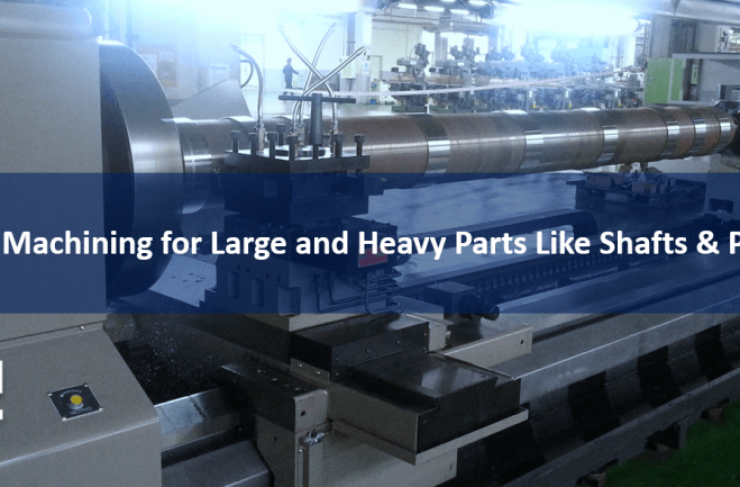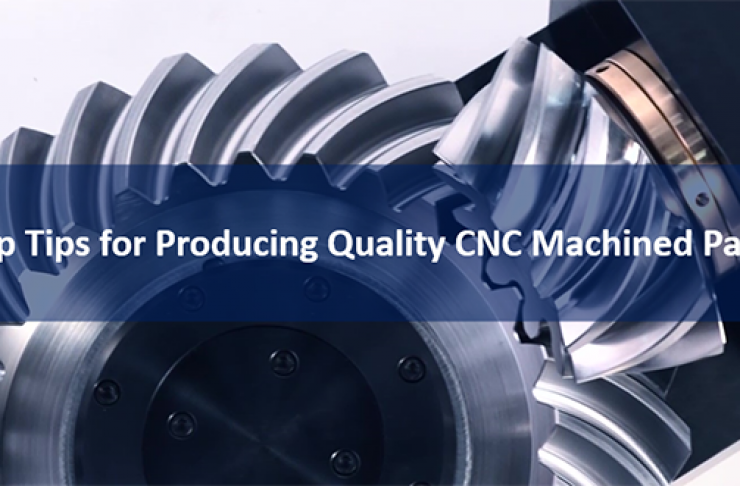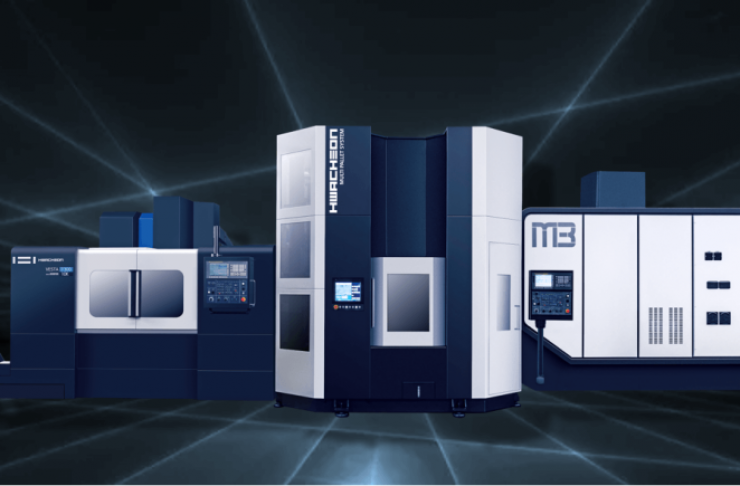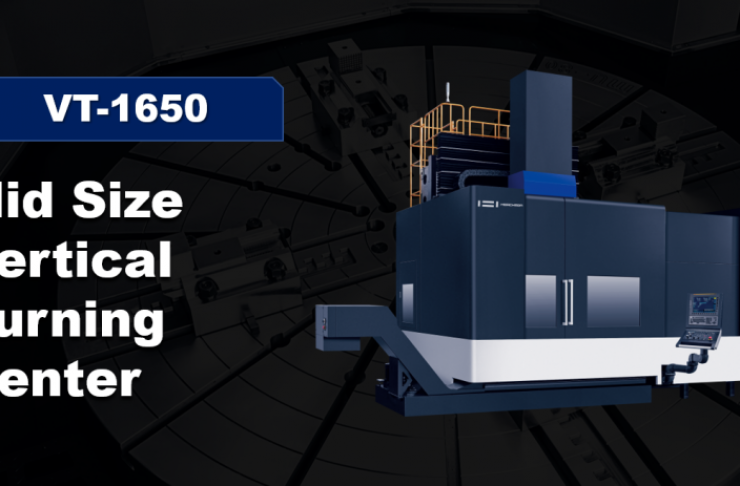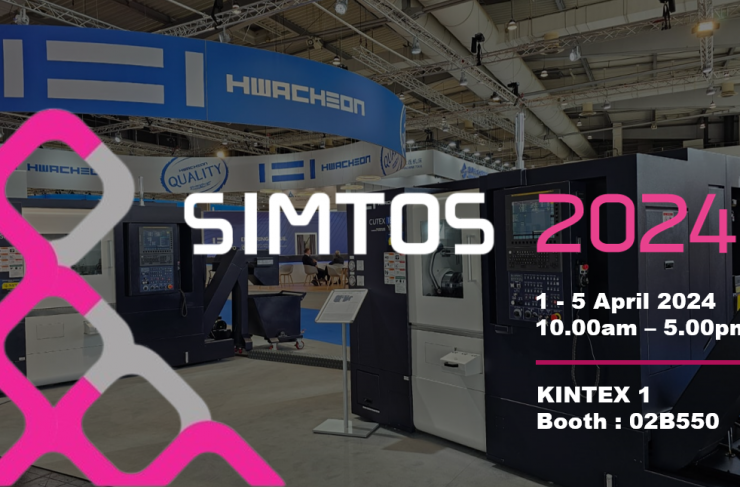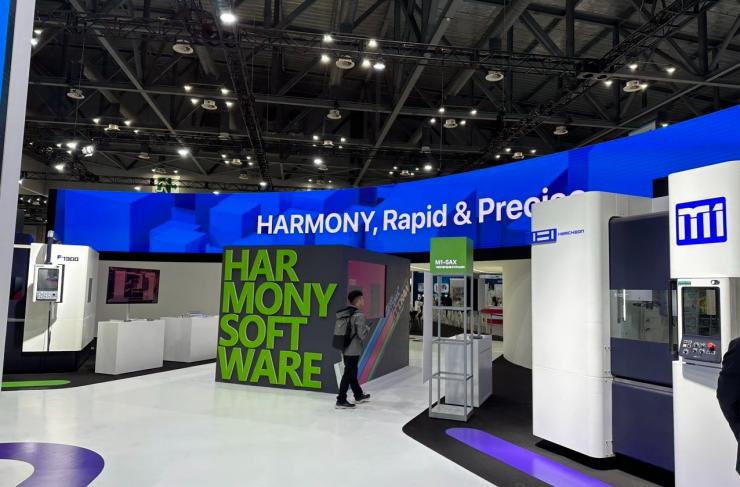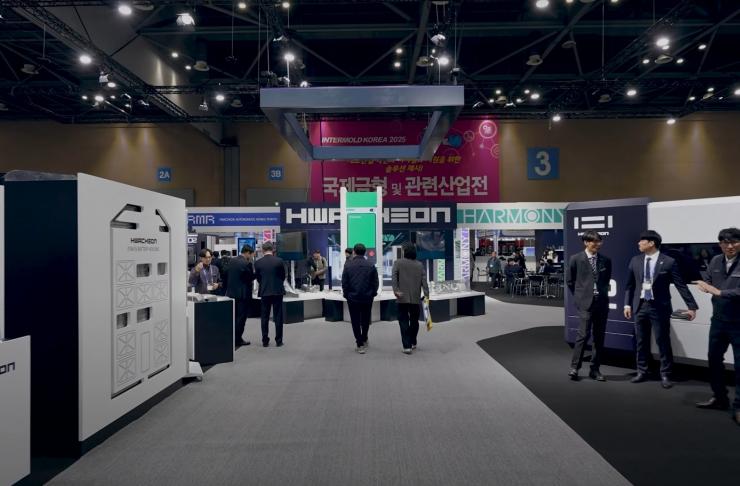What is a Foundry and Why Do They Matter

Curious to know what a foundry is and how they produce metal castings? Why are foundries so important for manufacturing - particularly for manufacturing machinery like CNC Machine Tools?
In this article, you will learn all about the fascinating world of foundries and metal casting. We will cover the following topics:
- Definition of a Foundry
- Machines Deployed in Casting
- Casting Process
- Finished Products of Foundries
- Hwacheon’s Investment in Foundry and Casting Technology
Ø Ready to explore the world of foundries and metal casting? Put on your heat protecting gear, don your helmets and let’s step inside!
- Definition of a Foundry
A foundry is a custom-built facility that produce metal castings. This is done by melting metals at very high heat into liquid in a furnace, pouring the molten metal into molds,
followed by a controlled cooling process, removal of the casted part from excess material after the metal solidifies, and a final cooling step. Note that temperatures of the melted
metals can reach up to 1500°C (2700°F) or even higher, depending on the types of material to be melted.
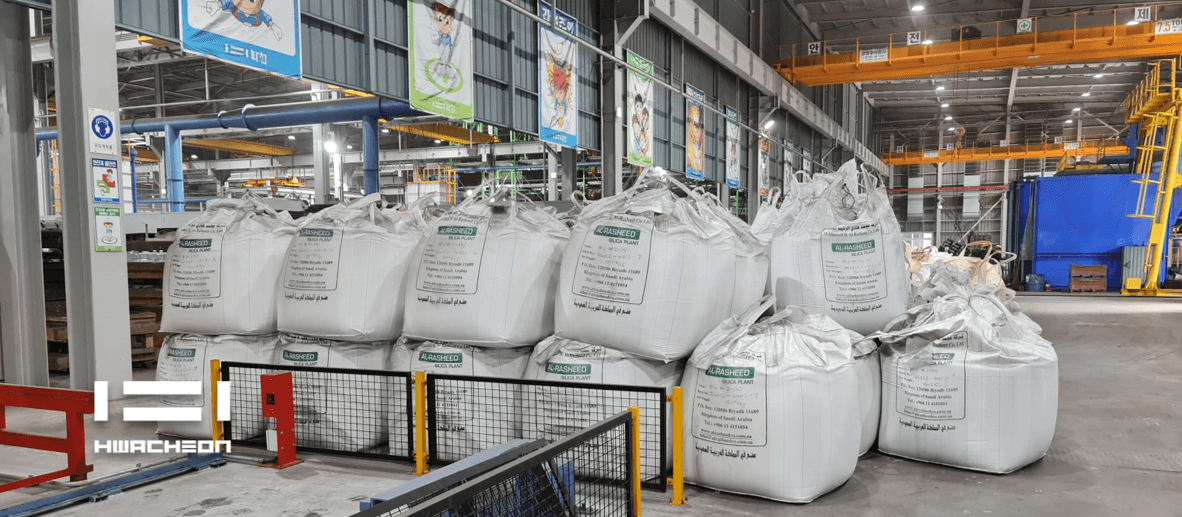
- What are the Machine and Equipment Used in Casting?
Various machines and systems are used to optimize a foundry. These may include melting equipment, molding making machines (which can be CNC machine tools),
sand processing equipment, heat treatment equipment, as well as testing and inspection equipment. For the new Hwacheon Foundry, we use the following top-of-the-line
machines and equipment (from South Korea, USA and UK):
ü Melting Equipment: Electric furnaces that are 3 tonne and 6 tonne each (Inductotherm – USA)
ü Mold Making Machines: Hwacheon Machine Tools like the SIRIUS-2500 5AX
ü Sand Processing Equipment: OMEGA (UK)
ü Heat Treatment Equipment: 10 Tonne Annealing Treatment Equipment (South Korea)
ü Testing and Inspection Equipment: Spectro Meter, Universal Testing Machine, Ro-Tap Shaker, Brinell Hardness Test Machine, and Metallograph
As you can see, the process of producing metal castings in a foundry requires significant investment in machines and equipment!
- What is the Process of Metal Casting Like?
Now that we’ve got the raw materials and the needed machines settled, the next step involves the actual production process of casting itself.
Hwacheon Foundry deploys the following processes to produce metal castings.

#1 Melting
Liquid casting material is melted up to temperatures of 1,380°C to 1,420°C. The material may comprise a mix of scrap metal (55%) + pig iron (20%) + recovery scrap (25%). Other combinations
of raw materials may also be used depending on the casting to be made.
#2 Mold Creation and Machining
The pattern is created, either machined by special wood mold making machines or, in our case by Hwacheon CNC Machining Centres. Sand is then packed around the pattern, forming a sand
mold which is a replica of the external shape of the later casting. Hwacheon uses the Furan sand casting method due to its key advantage in producing diverse sizes and shapes.
#3 Prepare and Assemble Mold
The sand mold is prepared and assembled for the molten metal to be poured into.
#4 Pouring Molten Metal into Mold
At the filling stations, the liquid metal is poured into the mold.
#5 Cooling
After filling, the extremely hot mold frames (you can literally see flames shooting out!) are put on a slow and long cooling circle.
#6 Remove Casting from Mold
When the molten metal in the mold is cooled and solidified, the final shape of the casting is formed. The sand mold can be “broken” or “shake out” to retrieve the actual casting part.
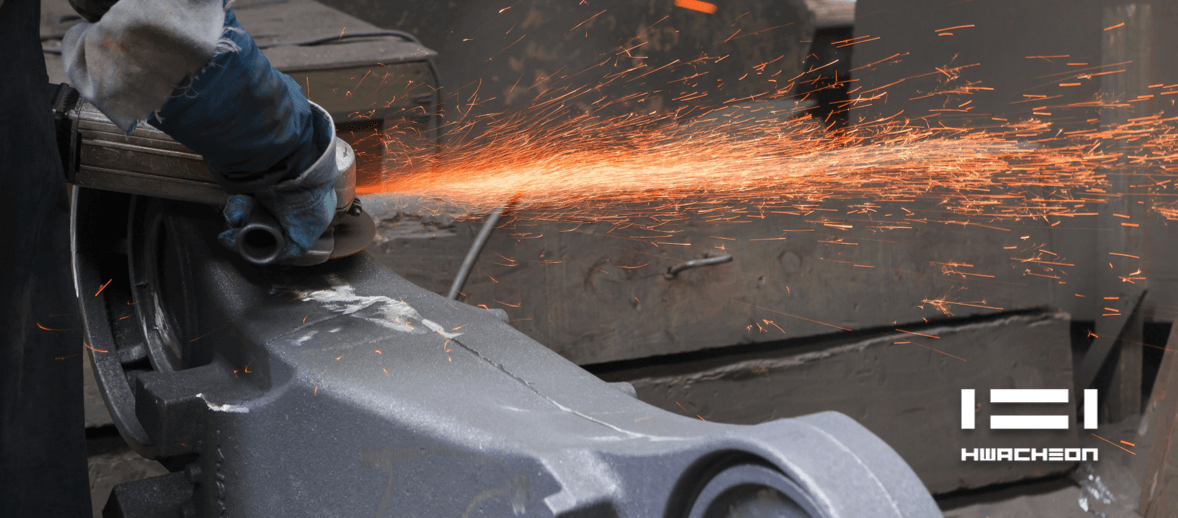
#7 Trim excess from Casting
Excess materials stuck to the surface of the casting are removed by thorough cleaning and deburring, followed by painting (using protection paint).
#8 Finishing of Final Products
Towards the last step, quality checks and tests are made. A composition analysis using a Spectro Meter is done (to check material mix), followed by a material test
using a Universal Testing Machine and Brinell Hardness Test Machine, before ending with a microstructure test (a Metallograph is used).
#9 Storage/ Delivery
After the product is finished, it is important to keep the castings properly stored in cool conditions in a separate area.

- What are the Finished Products of Foundries?
Last, but certainly not least, what are the finished products made in foundries?
For Hwacheon Foundry, about 30 percent of our finished products are used for manufacturing Hwacheon’s CNC Machine Tools. These include casting for machine beds,
columns, saddles, bed frames, spindle housing and other components.
Our foundry also supplies components to reputable companies around the world. They include:
* Machinery and its parts.
* Robot arms and bodies.
* Railway transportation parts.
* Semiconductor equipment components (low heat expansion casting).
* Corrosion resistant components (ex: HSCI, stainless pickling electrode plates, cathodic protection electrodes).
* Ship engine parts.
* Solar energy system components.
* Many other machinery parts.
- Why Hwacheon Invests in The Foundry Business
Hwacheon takes pride in having our own foundry due to the importance of casting used in all industries.
Our late founder and honorary chairman, Mr Kwon Seung Gwan himself, started work as an apprentice mold maker in a foundry in his teens. His grit, determination and attention
to quality resulted in taking over the ownership of the foundry in 1945, back when Hwacheon first started.
Casting material forms the very basic parts in all of industries. The process of casting continually expands with shifts in technology. Our foundry isn’t just Hwacheon Group’s birth
right - it also lays the foundation of future industries.
The advantages of using Hwacheon castings on our CNC machines (based on customers’ feedback) include:
ü Ability to achieve high rigidity, performance, speed and precision
ü No ageing deformation while maintaining high speed and precision
ü High cutting performance
ü Durability and longevity
ü Ability to keep up to our delivery schedule
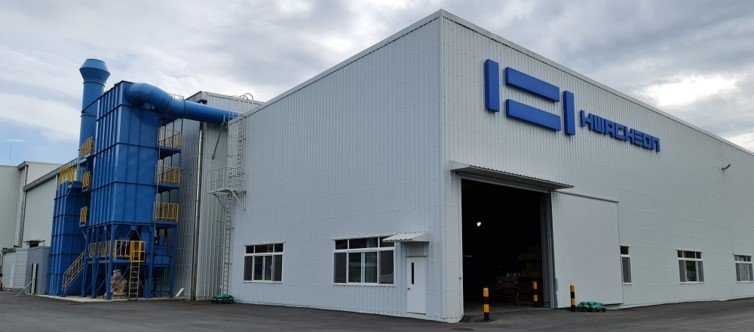
Hwacheon’s New 21,000 sqm Foundry
Hwacheon has recently invested USD28.7 million in a state-of-the-art facility in the Daema Industrial Zone.
This new facility occupies a total land size of 73,000 sqm, with a built-up factory space of 21,000 sqm, making it one of the largest foundries of its kind in South Korea.
Starting production on 22 December 2021, our foundry currently employs 120 employees, and runs at a capacity of about 1,000 tonnes per month.
You may be keen to know that the heaviest part that we can cast is a staggering 8 tonnes! Our total capacity for the facility is 12,000 tonnes per year at this point.
Hwacheon decided shortly before the Covid-19 pandemic on this new investment so that we can develop a permanent and reliable raw material business for the future.
This is part of Hwacheon’s unique advantage.


